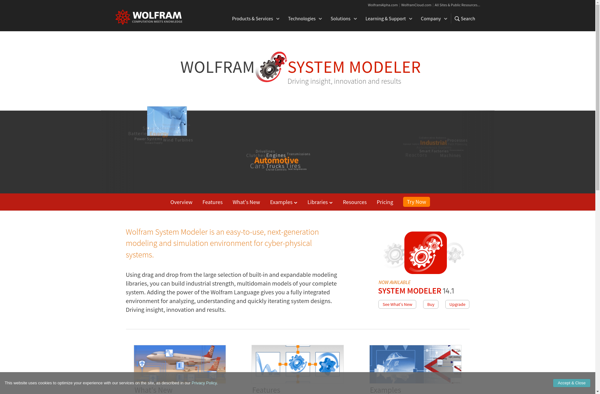20-sim
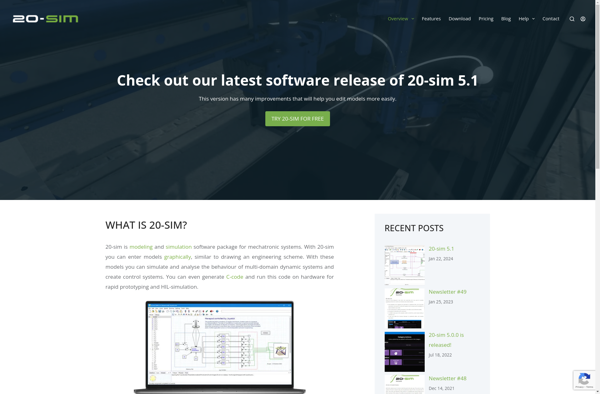
20-sim: Modeling and Simulation Software for Mechatronic Systems
20-sim is a powerful software tool used for modeling and simulation of mechatronic systems, including electrical, mechanical, hydraulic, and control systems. Its graphical modeling language makes it easy to build dynamic models for analysis and simulation.
What is 20-sim?
20-sim is a modeling and simulation software package designed for systems engineering applications. It allows users to model, analyze, and simulate the behavior of dynamic systems like electrical, mechanical, hydraulic and control systems.
Some key features of 20-sim include:
- Graphical modeling language - Build system models by graphically connecting blocks. Includes libraries of standard components like motors, gears, pumps, etc.
- Equation modeling - For more advanced users, systems can be described using differential and algebraic equations.
- Control system design - Tools for designing PID, state-space and other control systems.
- Frequency domain analysis - Analyze system dynamics and stability in the frequency domain.
- Real-time simulation - Connect models to hardware systems and simulate real-time behavior.
- Code generation - Automatically generate C code from 20-sim models to run on embedded systems.
20-sim is commonly used in industries like automotive, aerospace, robotics and energy to model and simulate the dynamics of cyber-physical systems. The simulation results can be used to optimize system design and tune controller parameters before implementation.
20-sim Features
Features
- Graphical modeling language
- Modeling of mechanical, electrical, hydraulic and control systems
- Simulation and analysis of dynamic systems
- Linearization tools
- Frequency domain analysis
- Control design tools
- Code generation for C++, MATLAB, etc
Pricing
- Free limited version
- Academic pricing
- Commercial pricing
Pros
Cons
Official Links
Reviews & Ratings
Login to ReviewThe Best 20-sim Alternatives
Top Development and Modeling & Simulation and other similar apps like 20-sim
Here are some alternatives to 20-sim:
Suggest an alternative ❐Simulink
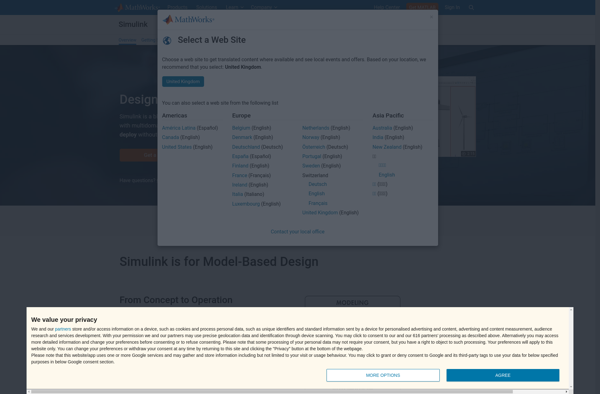
OpenModelica
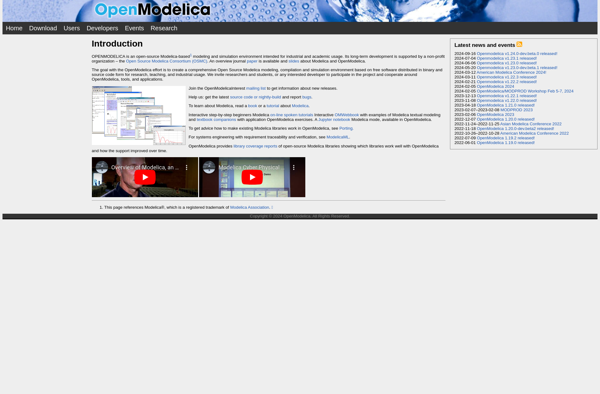
JModelica
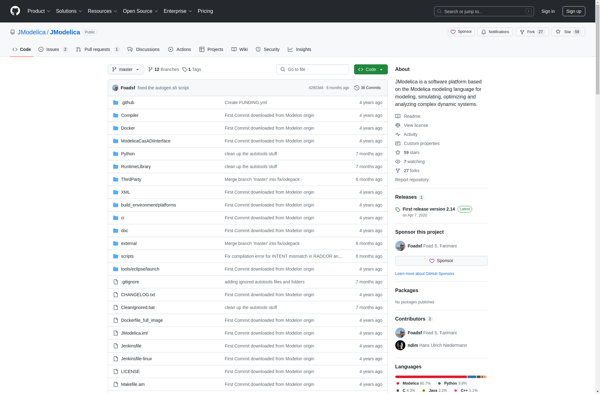
Xcos
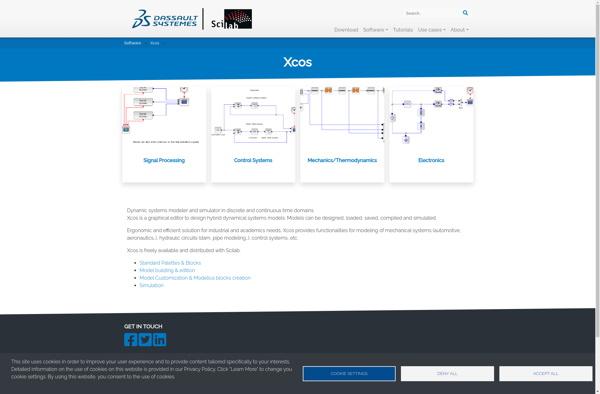
EMSO simulator

Dymola

GAMS
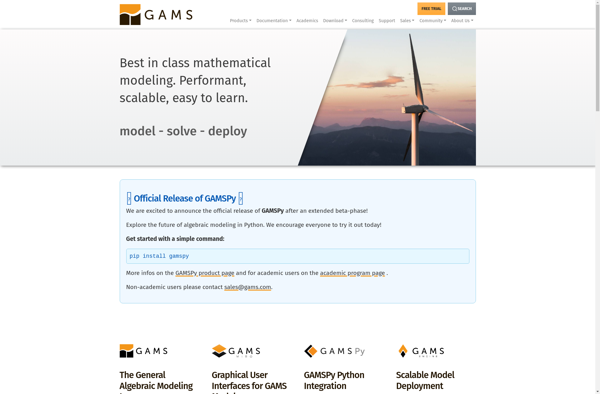
Wolfram SystemModeler
